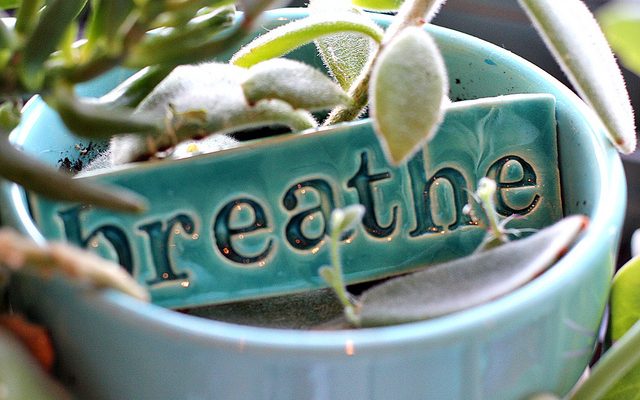Happiness is a common goal for most. We get married and desire to live happily ever after. We want to enjoy our lives with our kids, friends, and loved ones.
[Read more…] about When the Road to Happiness Requires Therapy15 Ways to Become Mentally Tough
We all want to be mentally tough, but sometimes it may feel like you weren’t born to be that way. Understand one thing: mental toughness is not always an inherent trait. It can be learned, developed, and honed. If you want to become mentally tough, you need to work at it.
You want to become tough mentally?
Here are some habits you need to develop.
[Read more…] about 15 Ways to Become Mentally ToughWhat Is Breathwork Therapy and What Does It Treat?
It is a little-known health practice in this country. Still, thanks to its successes in Europe where it is a form of psychotherapy, “breathwork therapy,” as it is known, is gaining credibility here in the U.S. (The technique is not just bubbles and rainbows, in other words.) And, based on the testimonies of people who have experienced it, breathwork therapy will continue to gather recognition.
[Read more…] about What Is Breathwork Therapy and What Does It Treat?6 Quick-fire Ways to Make Yourself Feel Better
We all have off days where nothing seems to go right and it’s a struggle to keep negative thinking at bay. It can be tempting to resort to creative comforts like chocolate or a glass of wine at the end of a bad day, to make us feel better. Instead, let’s look at some quick and easy ways to lift your spirits and give yourself a feel-good boost – without resorting to unhealthy habits.
3 Meditation Techniques to Help You Sleep
Meditation can help improve different areas of your life, including how you sleep. Studies show that meditation can help improve melatonin production and support your body’s relaxation responses. Here are 3 meditation techniques to help you sleep.
[Read more…] about 3 Meditation Techniques to Help You SleepMonday Meditation: A Meditation Script for External Orienting
External orienting is the process of observing one’s surroundings using the five senses. This can be very helpful for individuals who are intimidated by mindfulness techniques like the body scan. Here’s a meditation script for external orienting.
[Read more…] about Monday Meditation: A Meditation Script for External Orienting








